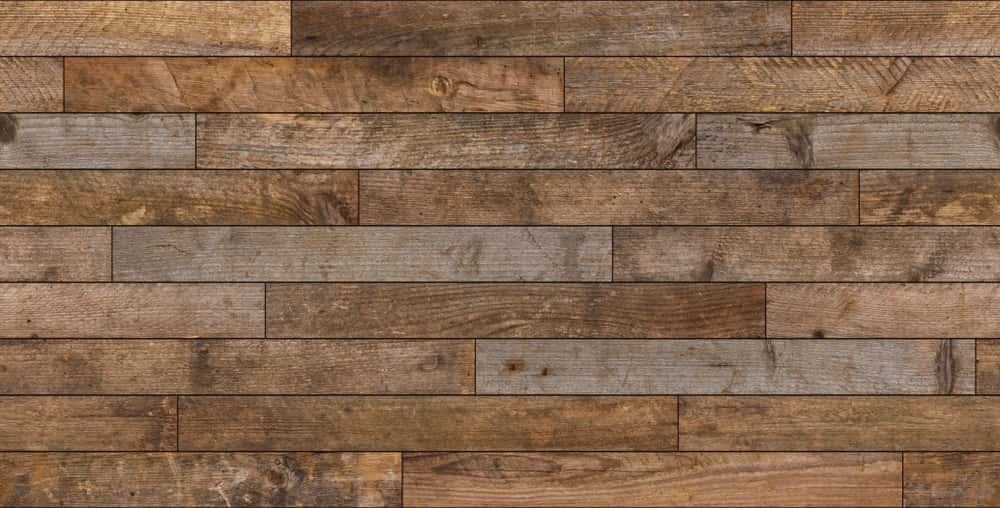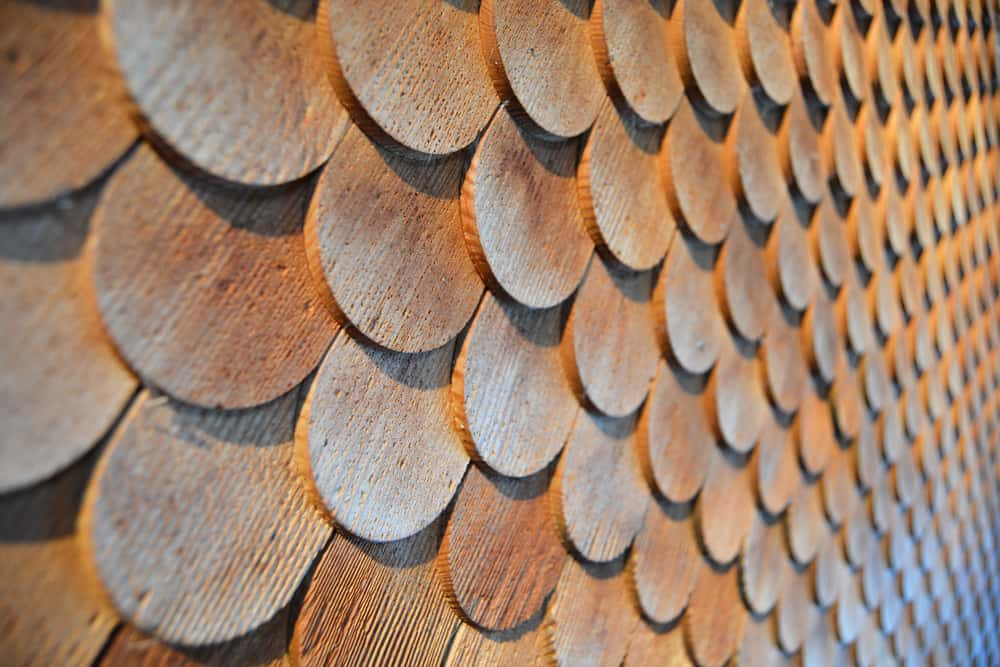One of the coolest decor trends that have recently emerged is wooden elevation tiles for home decor. An elevation is the depiction of a building as viewed from one side. Selecting the perfect elevation material is an important task for every homeowner as elevation design not only helps form a good first impression of the owner’s lifestyle but also adds value to home maintenance. Let’s look at a few key factors to keep in mind when going with a wooden elevation tiles design to jazz up your home.
But first, why use a wooden elevation design?
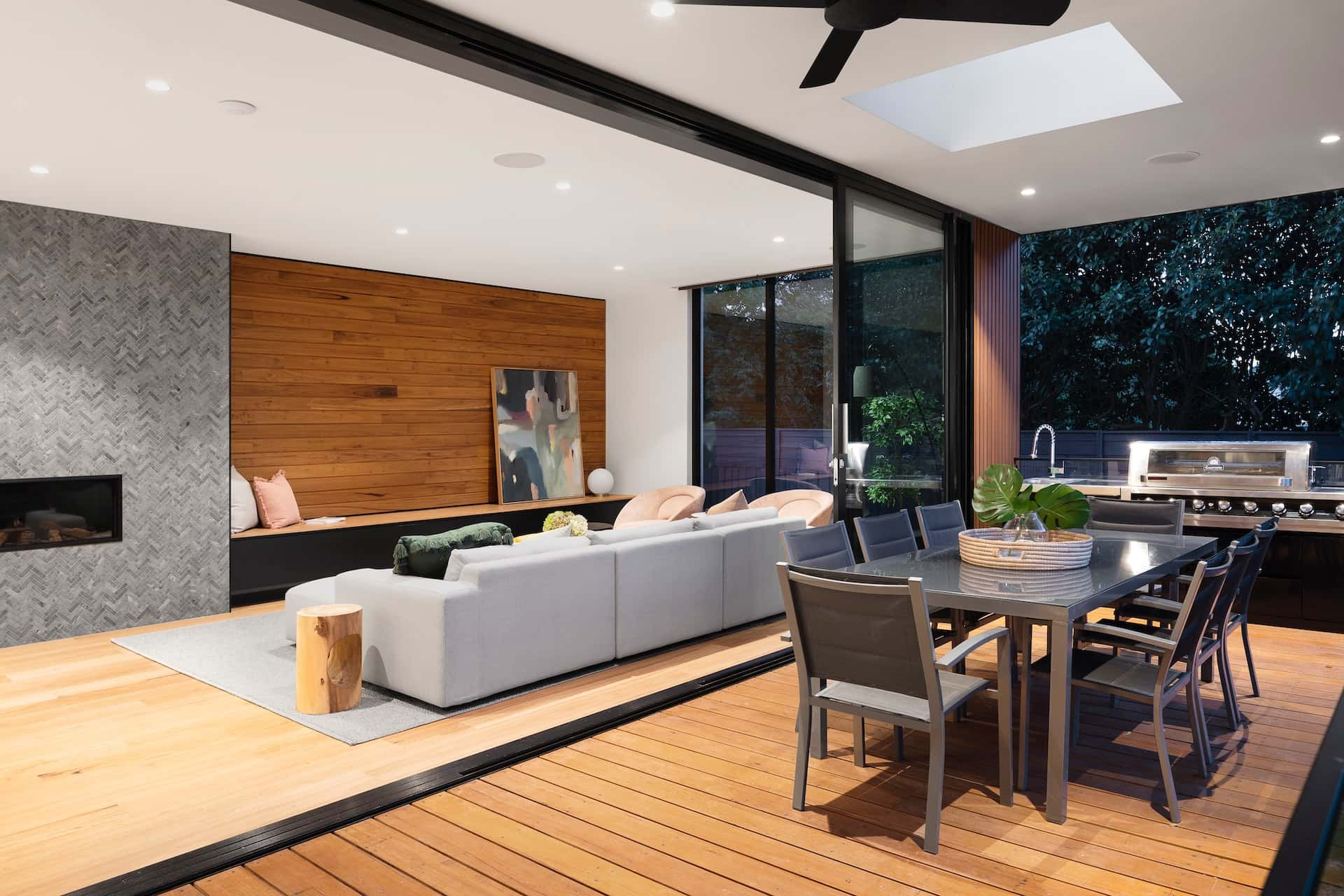
Wood is a timeless, natural material. Wooden elevation tiles, therefore, give the look and feel of natural wood to your home design. They are trendy and highly recommended elevation materials for creating a peaceful, nature-inspired design for your home.
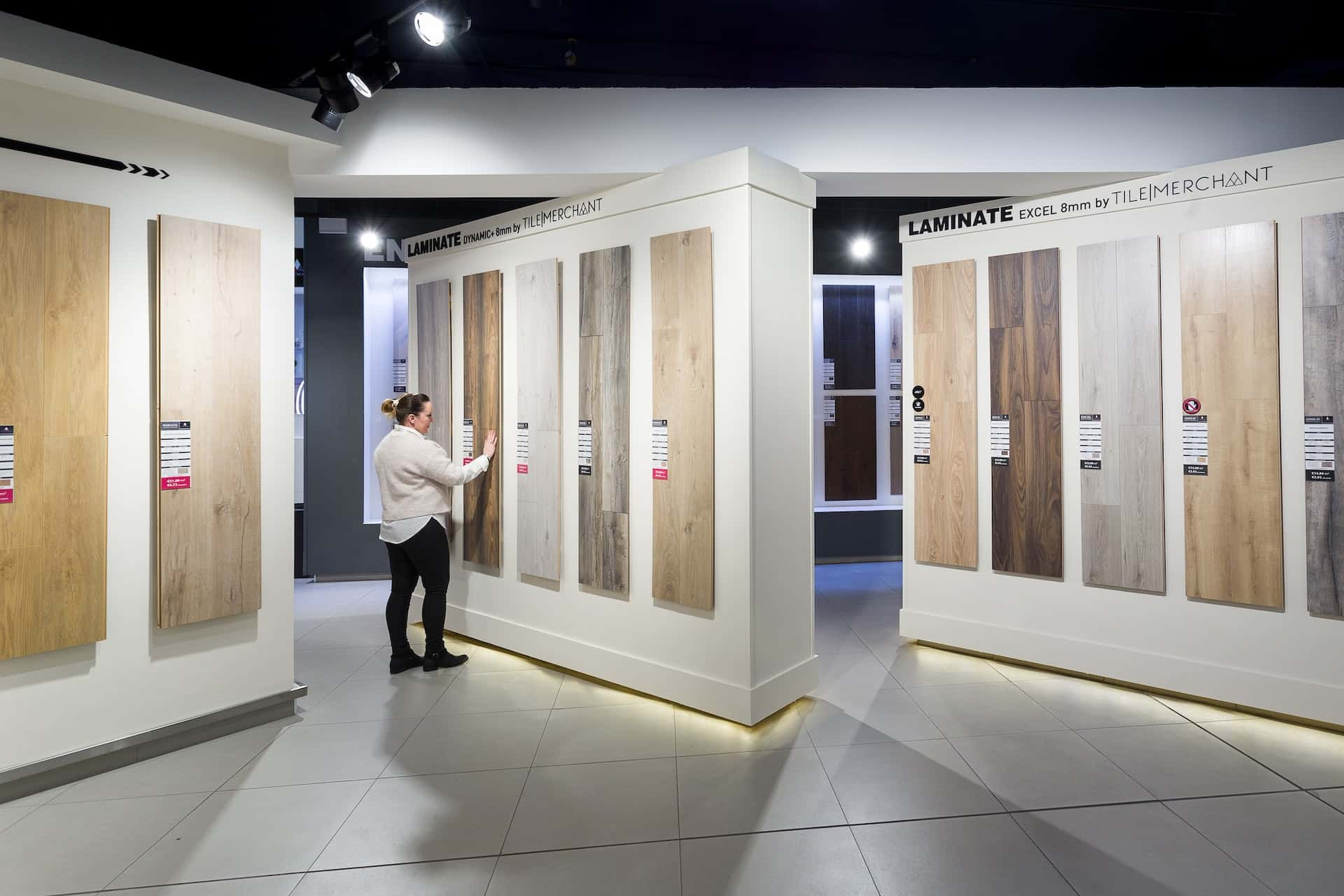
Why Do People Prefer a Wooden Tiles Elevation Design?
1. There are ample colour options, patterns, shapes and sizes available in the market to create magic with your wooden finish tiles for elevation.
2. Wooden elevation tiles require less maintenance and offer high durability.
3. They are budget-friendly.
4. They provide flexibility in elevation design to achieve your desired home appearance.
5. This design will ensure no damage is done to the structural elements of your home.
6. Wooden 3D elevation tiles create a go-to look for a contemporary finish.
Wooden Elevation Tiles vs Wooden Textured Wall Paint
Even though you are inclined towards getting your walls elevated with wooden elevation tiles, a part of you might wonder about using wooden textured wall paint instead. To help you with the best selection for your home elevation, let’s look at the benefits of wooden elevation tiles over wall paint or wallpapers :
1. Durability: Wooden 3D elevation tiles are a one-time, long-lasting investment.
2. Climate friendly: Wall tiles protect exterior walls from harsh weather conditions. They also do not peel or become damp, which is very common in wall paints after a while. After rainy weather, outdoor walls transfer their moisture to interior walls and this situation could get messy when you use wall paint for the interior walls; in contrast, wooden elevation tiles protect interior walls from dampness and fungal growth.
3. Easy maintenance: Unlike wall paints, elevation tiles are easy to clean.
4. Trendy look: Using a wooden elevation tiles design will give your home a luxurious look.
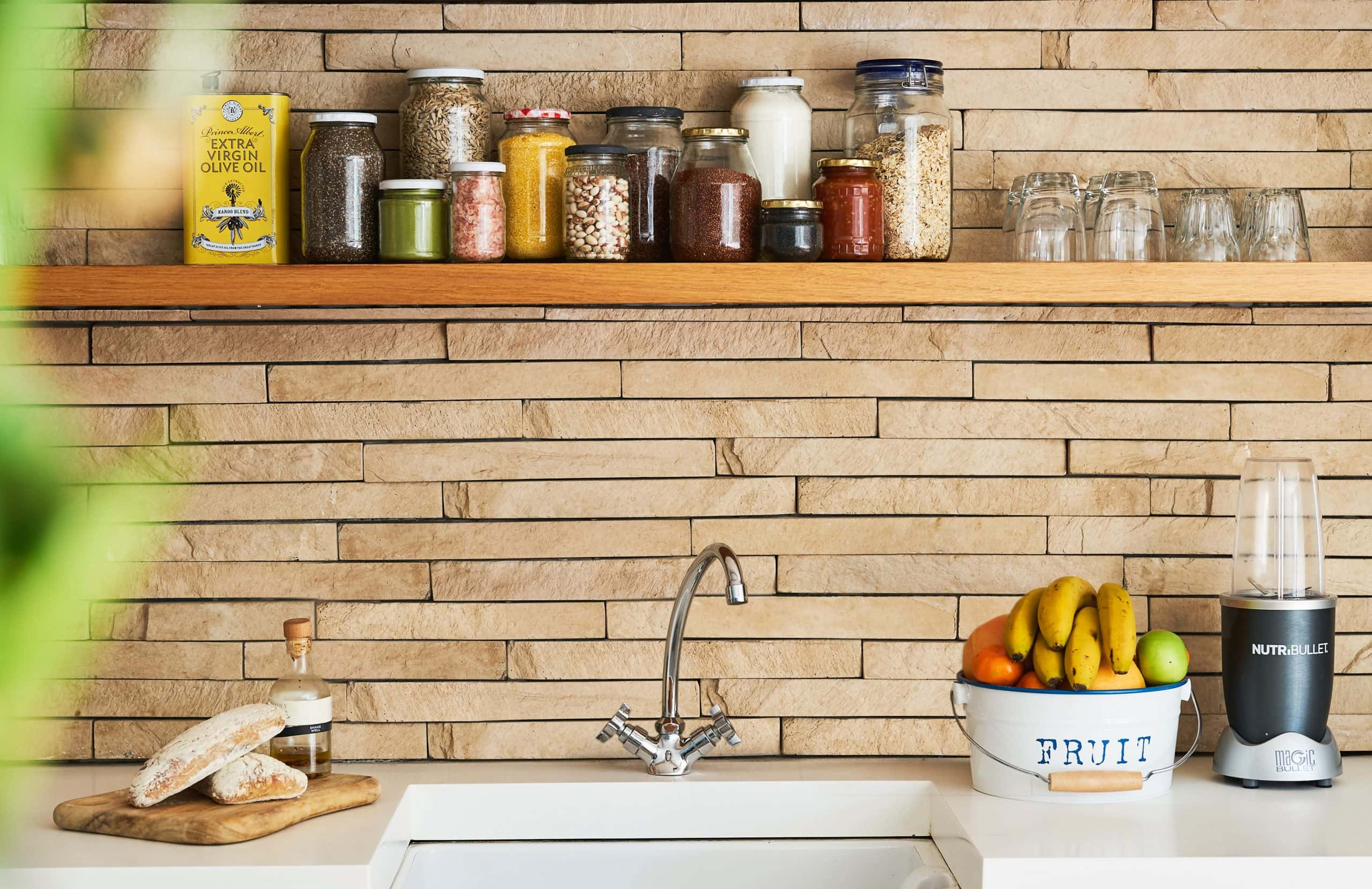
Preferred Sizes in Wooden Elevation Tiles
Be it for a façade elevation of your home exteriors or jazzing up your interior walls with tiles, selecting the best wooden tile size for your walls helps in streamlining your budget as it will ensure less tile cutting and wastage. The most popular sizes available in wooden elevation tiles are 300×450 mm, 600×600 mm and 145×600 mm.
Cost of Wooden Elevation Tiles
The price of wooden elevation tiles generally ranges from Rs.50 per square foot to Rs.300 per sq ft. The costing is defined by the quality of the tile, size, pattern, finish, availability, and labour costs for installation.
For example, you have selected wooden colour elevation tiles that are 30’ x 10’ in size and the total wall area you will need to cover is 300 sq ft. You have selected tiles costing Rs.50 per sq ft and sized at 300×450 mm. The cost you will be required to pay is Rs 50 per sq ft multiplied by 300 sq ft, which is Rs.15,000. You will also have to pay transport costs and labour charges for installing the tiles on your walls.
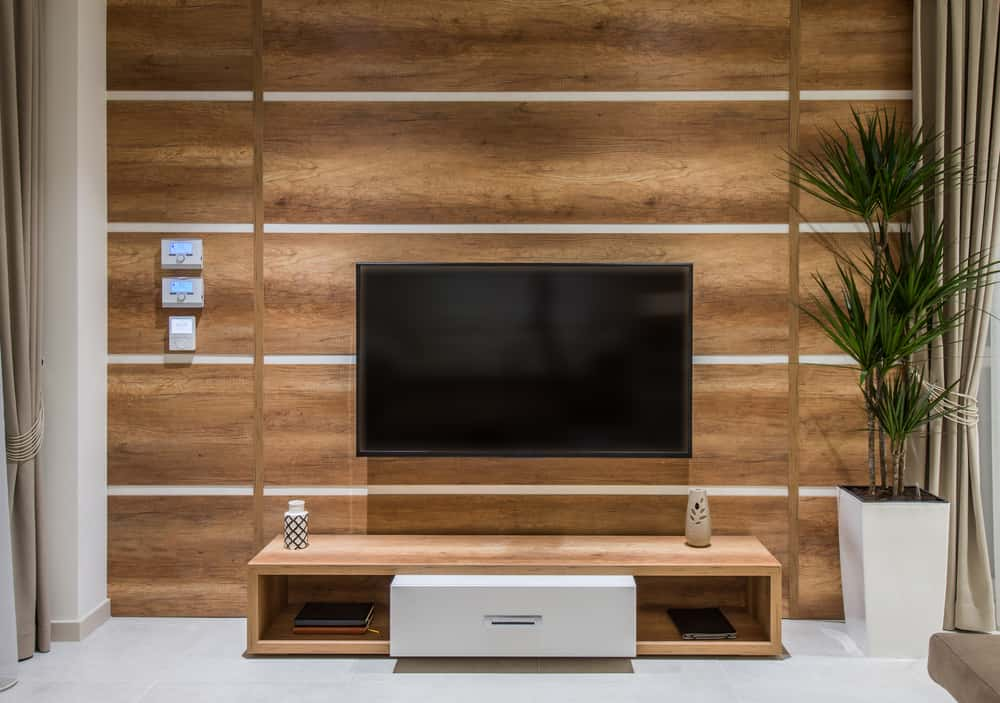
Application of Wooden Elevation Tiles
You’ve located the perfect wooden elevation tiles for your walls, with the right pattern, the right dimensions and a pocket-friendly price. But, you’re still unsure about where to install the tiles.
Tip: Installing the right tile design on the right wall enhances the living space and complements the rest of your home. The first go-to wall should be the front elevation wall at your home entrance. A front elevation wooden tiles design can do wonders for your home’s aesthetic.
A building’s façade is the first thing people see from the outside and nothing beats a warm, welcoming entrance. Wooden elevation tiles also serve as the best background for living room highlighter walls, walls behind sofas and TV units, behind the backrest of a bed, bathroom walls, or simply as polished tiling for kitchen platforms.
Wooden Elevation Tile Designs to Choose From
Here are some in-fashion designs for wooden 3D elevation tiles to choose from:
Eye-Catchy Horizontal Wooden Tiles
Installed horizontally as long wooden strips, this is a classy design that is growing in popularity. When combined with textured tiles, the design resonates the highest, giving a look and feel of natural wood installed on the walls. These horizontal wooden elevation tiles also create an illusion of enlarging the length of a living space. They are easy to locate and are available in a variety of colours.
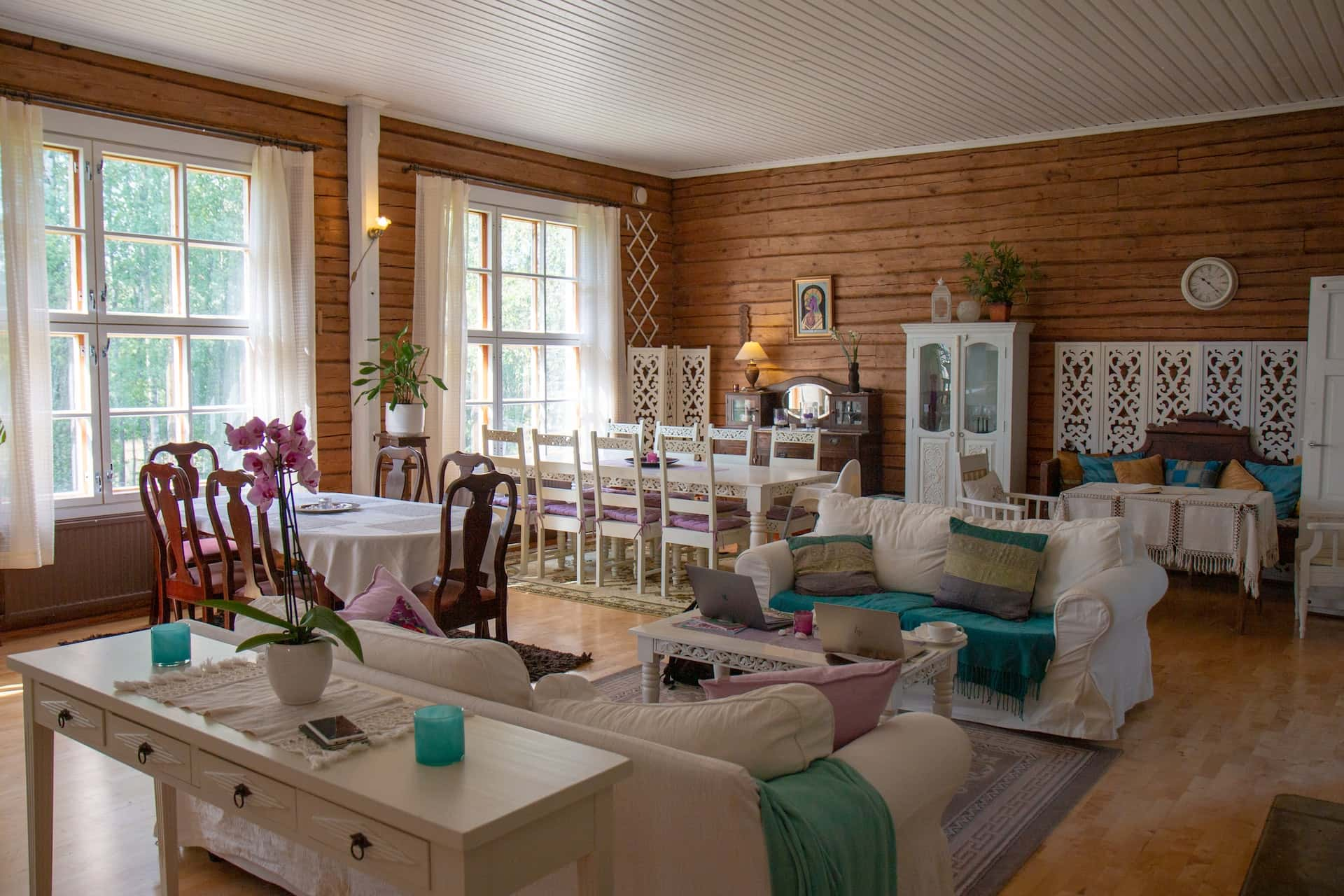
Hexagonal Wooden Elevation Tiles
Another innovative way to modernise your walls is by using hexagonal wooden elevation tiles. The symmetry of geometrical patterns will create a smooth appearance and will work nicely with the aesthetic of your living room. The design itself makes the best backdrop for any focus wall and is highly recommended by interior designers.
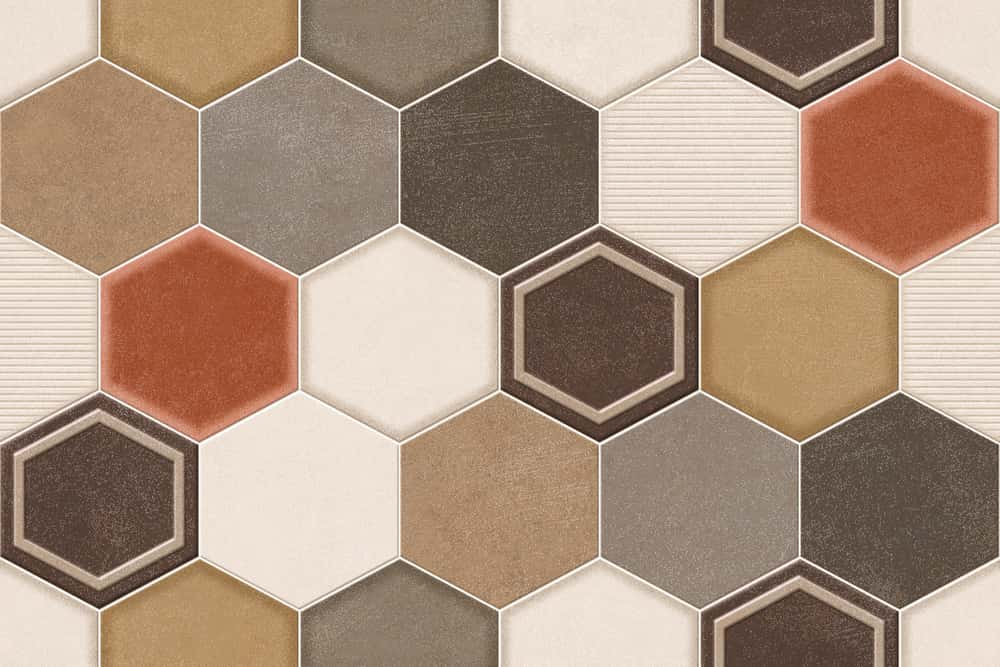
Interlocking Wooden Elevation Tiles
Another classy way to decorate your walls is through the application of interlocking wooden elevation tiles. These are high in durability and are the best option if you are planning to integrate two or more tones into your home. These types of textured elevation tiles are smooth and easy to install.

Tree Bark Rings Wooden Elevation Tiles
If you are a fan of rustic designs, these tree bark-inspired wooden tiles can lend a beautiful industrial look to your highlighter walls. Inspired by cork oak, this design is inspired by the natural knots of tree barks and is perfect for home interiors. Every tree bark ring has its unique pattern and texture, which are hard to find in other wooden elevation tile designs.
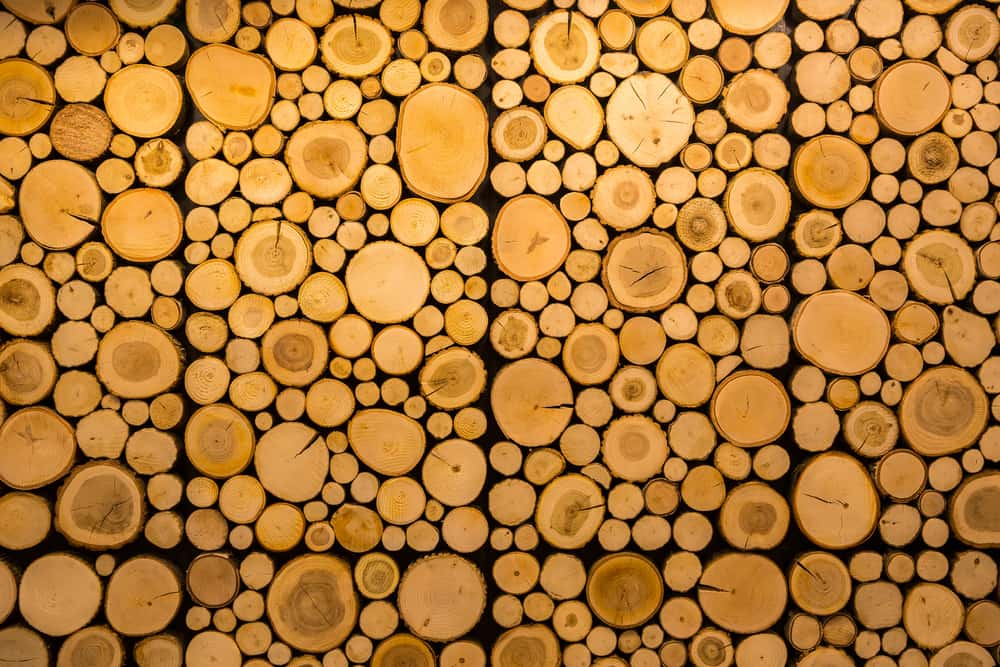
Cube Wooden Elevation Tiles
As the name suggests, cube wooden elevation tiles are cube-shaped wooden blocks used frequently by interior designers to lend a clean and elegant ambience to your home. These well-designed and balanced wooden tiles are the first choice when it comes to designs for TV units and living rooms. Every cube has a liquid grain texture that can capture your imagination.
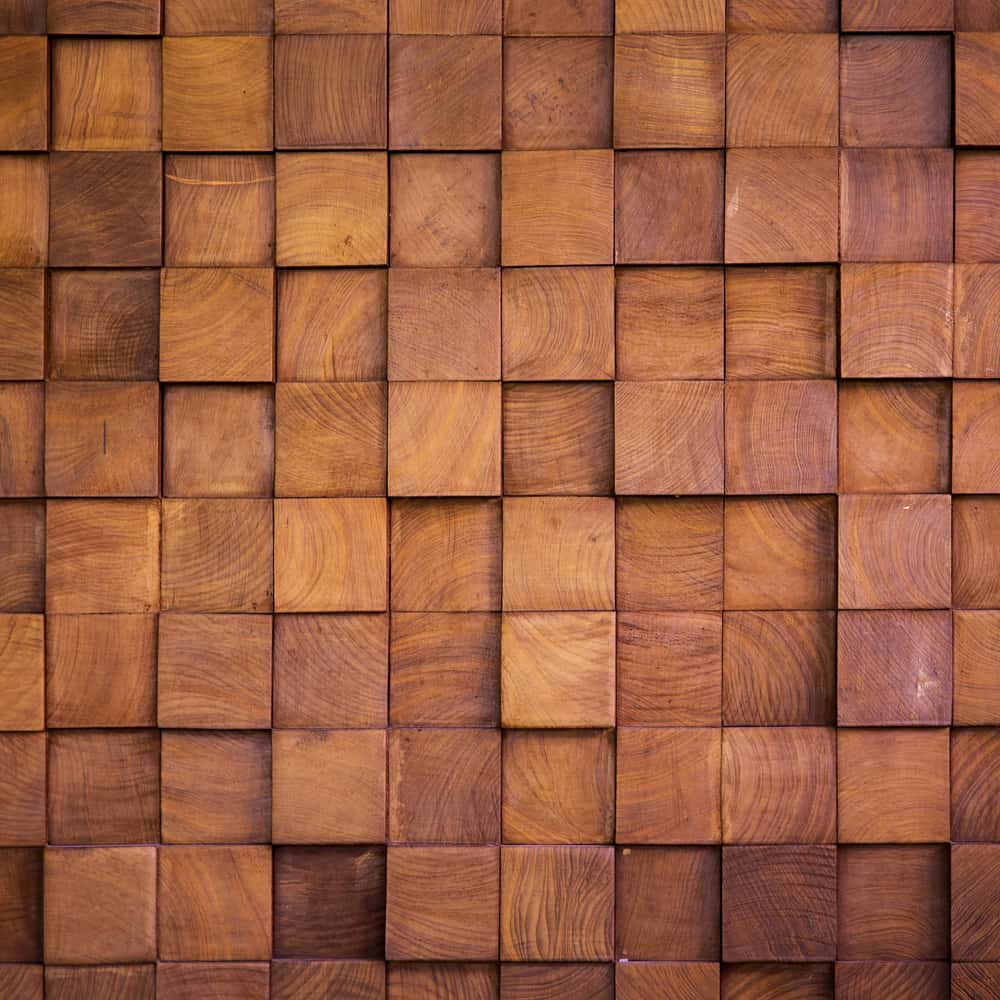
Artistic Wooden Elevation Tiles
Another creative way of designing magazine-ready wall elevations is by the application of artistic wooden elevation tiles. These are customised wall elevation materials and can be shaped to suit your choice and budget. Artistic wooden elevation tiles can be cut into any form and come in various colours.
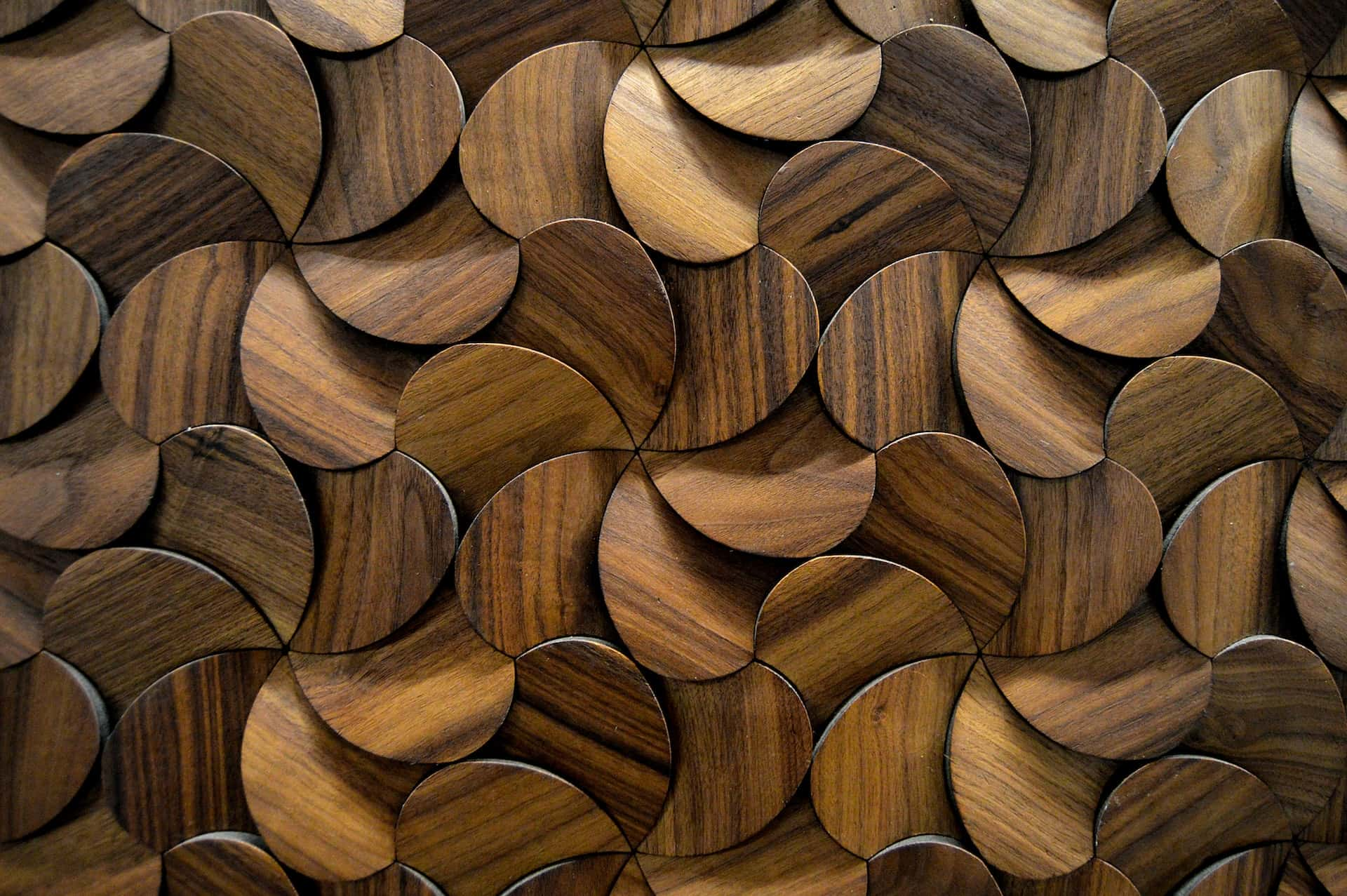
3D Wooden Elevation Tiles
Another pop-up trend for home elevations is wooden 3D elevation tiles. These are overlapping tile patterns designed in symmetry. These tiles are highly https://getzonedup.com/tag/cognitive-health/ recommended for corridor walls, walls complementing landscape areas and welcoming spaces. The overlapping geometry of the 3D pattern wooden elevation tiles will give your home a dynamic appearance.
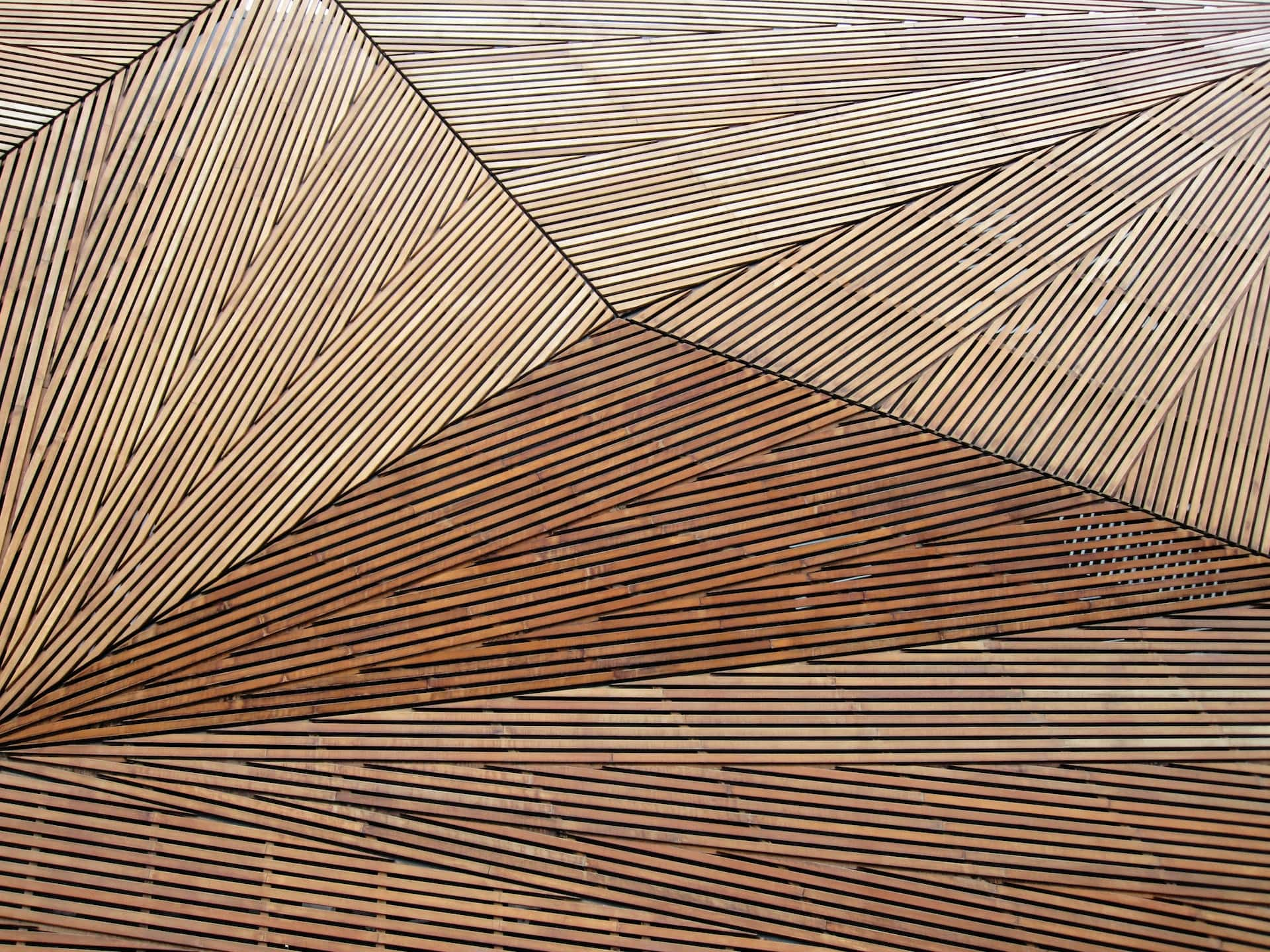
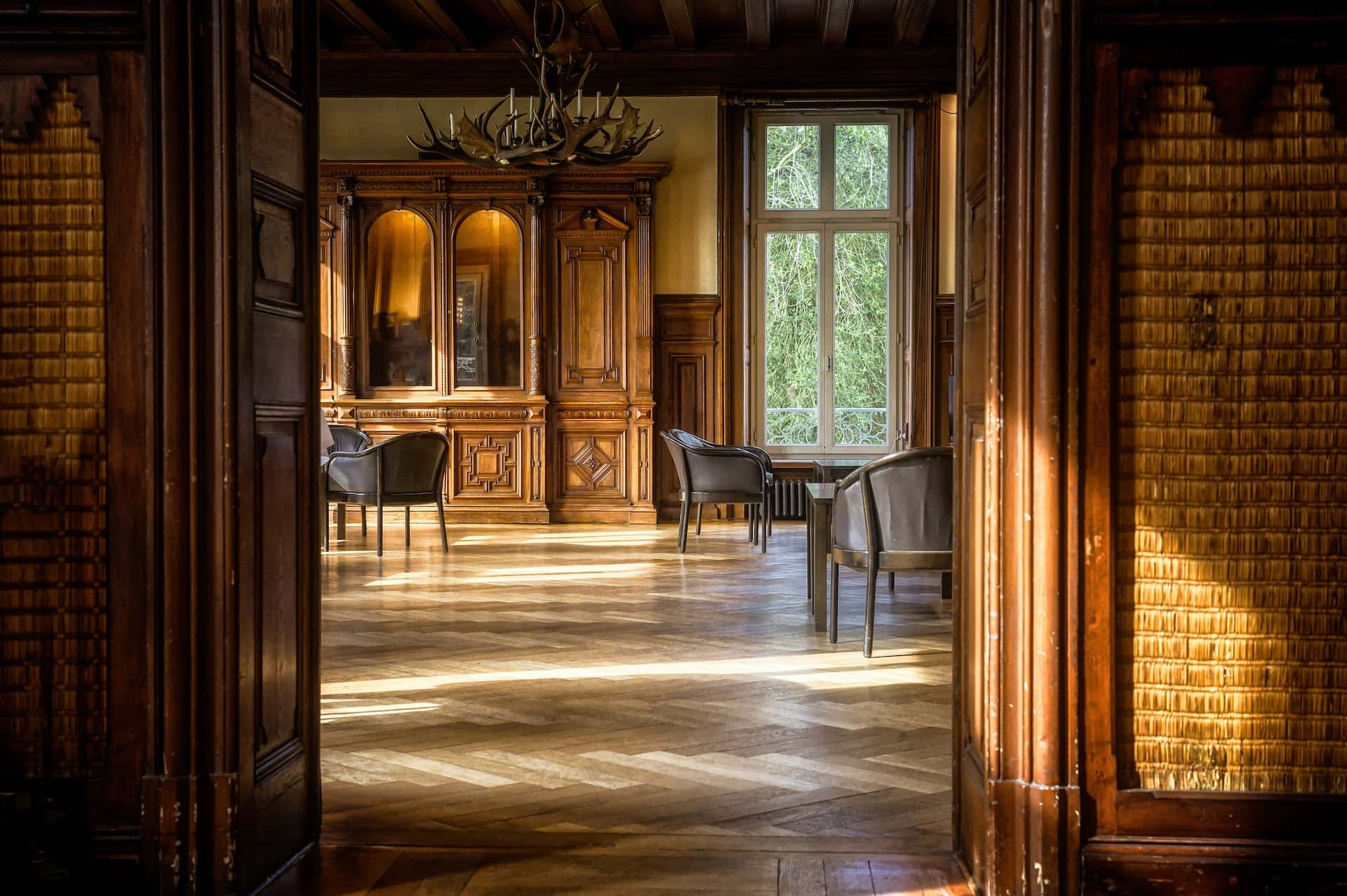
Ice Stick Wooden Elevation Tiles
Ice stick wooden elevation tiles are patterned tiles shaped in a semi-circle on one end and a rectangle on the other. These wooden elevation tiles when placed in patterns have a calming visual appeal and are highly recommended for developing traditional elevation designs. Elevation designs with ice stick wooden tiles can be created in a single colour tone or a rainbow of different hues that will add warmth and character to your home.
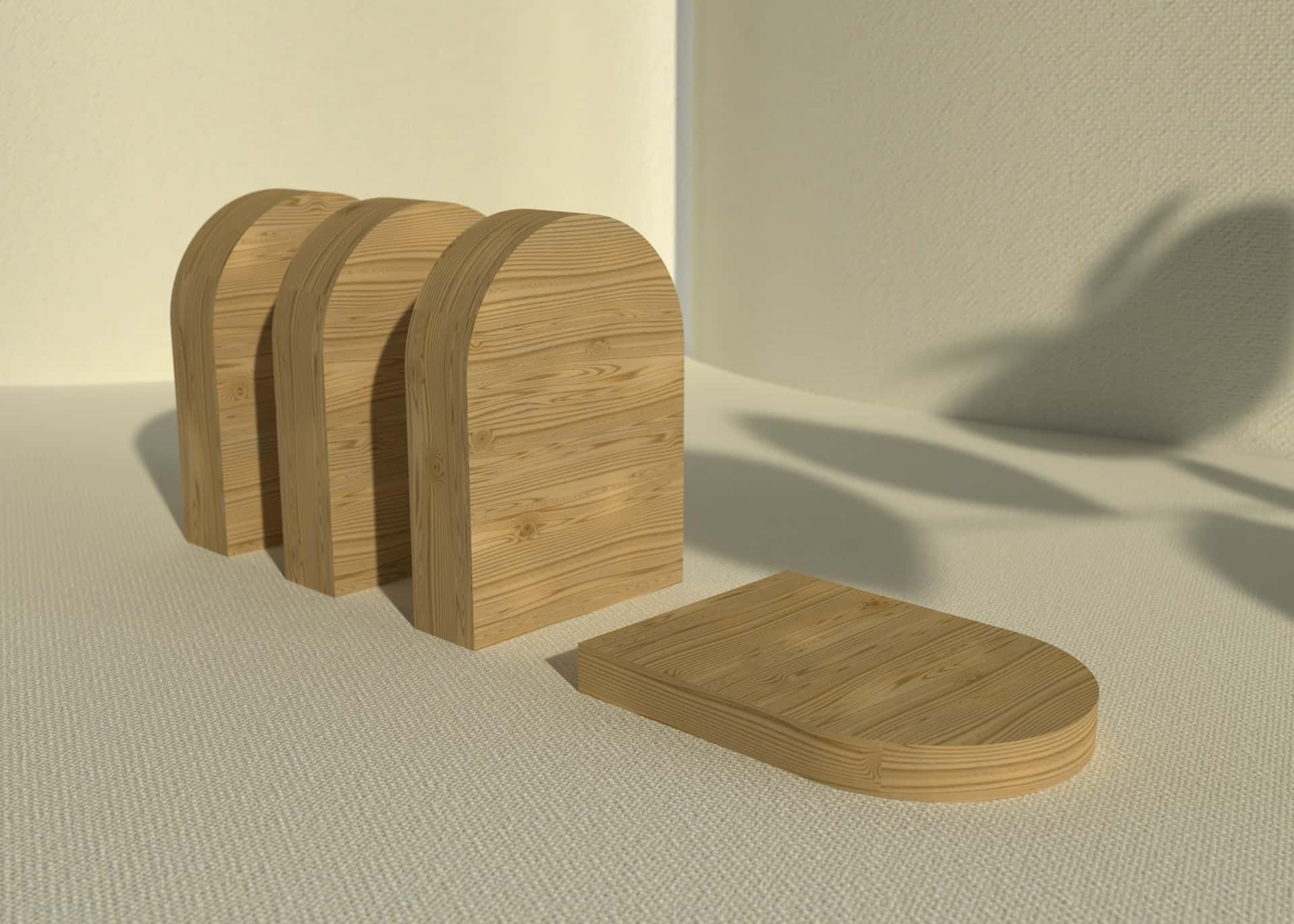
Vertical Wooden Batten Elevation Tiles
As the name suggests, these are single-unit slick tiles that come with larger lengths and shorter widths. These patterns are frequently used in contemporary wall elevation designs. Vertical wooden batten elevation tiles also help divide rooms into different sections without the need to spend too much money on renovation. These elevation tiles are recommended for shorter walls to create the illusion that they are taller.
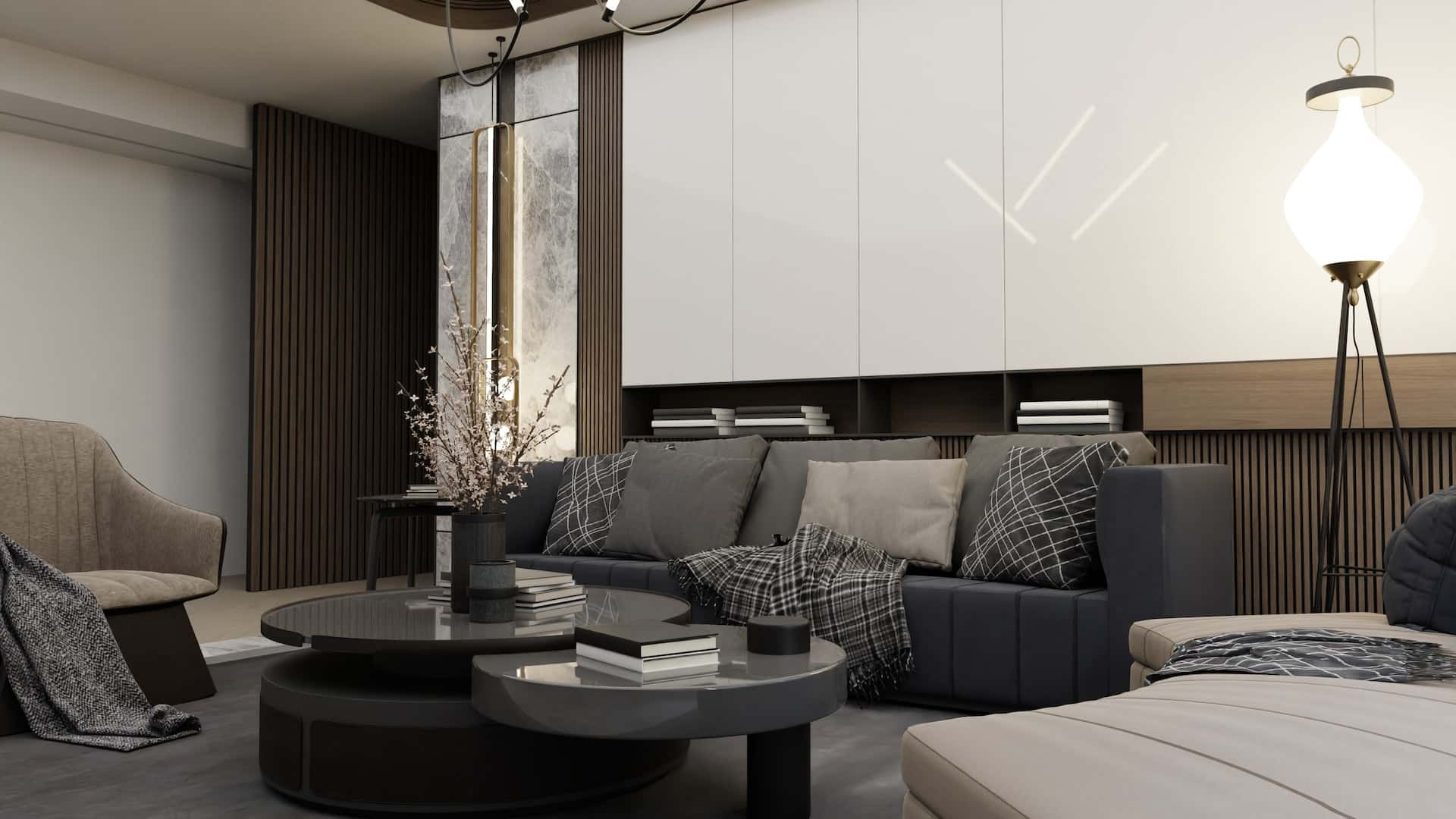
Overlapping Wooden Elevation Tiles
Another emerging design that catches everyone’s attention, overlapping wooden elevation tiles add both purpose and beauty to your home walls. They are the first choice for restaurants, boundary walls of bungalows and landscaping art galleries.
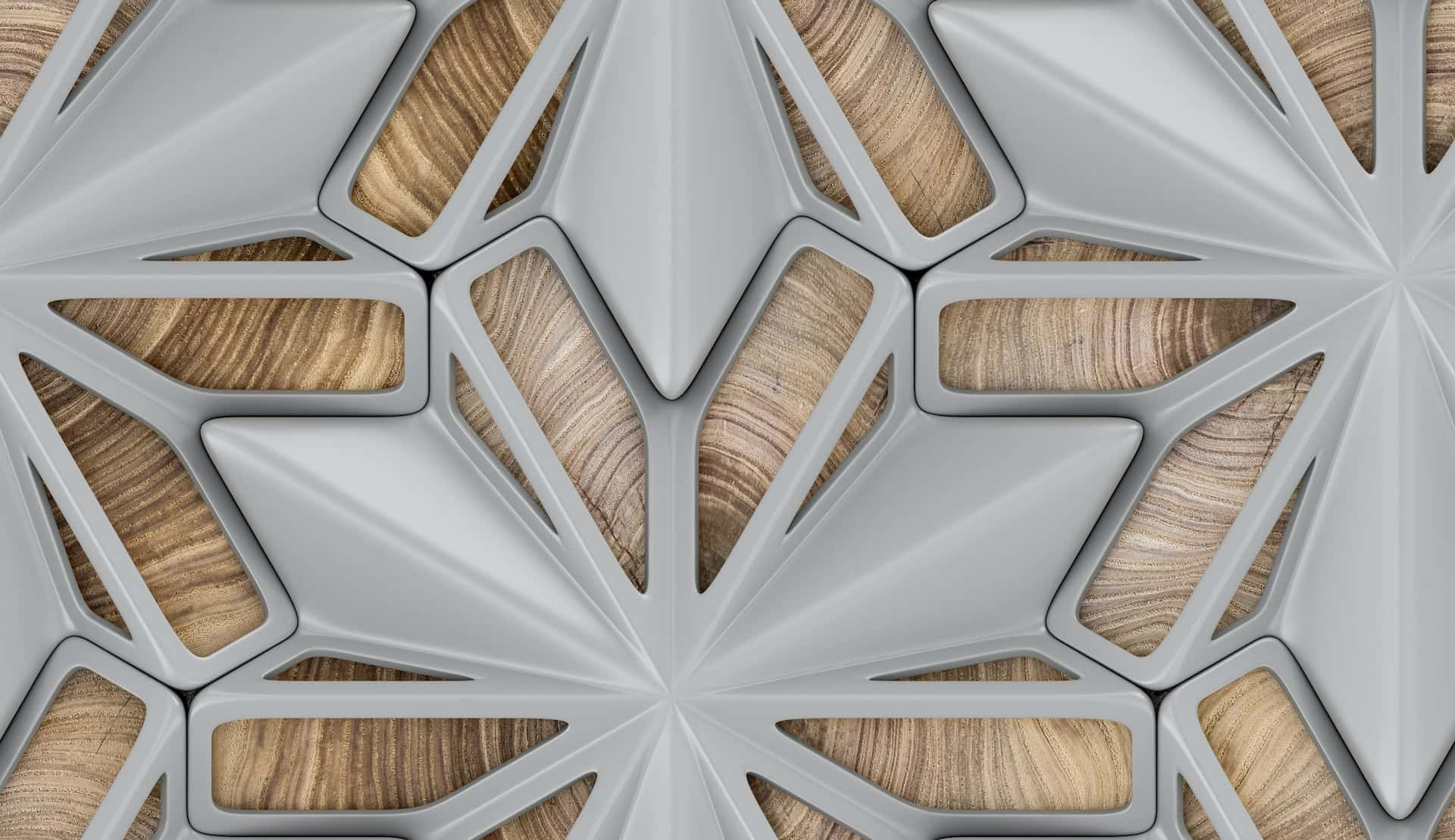
Curved Wooden Elevation Tiles
Another customised and expensive format of wooden elevation tiles, curved wooden elevation tiles are often called decorative wooden elevation tiles. Generally handcrafted, curved wooden elevation tiles require craftsmanship and more maintenance as compared to other wooden elevation tiles.
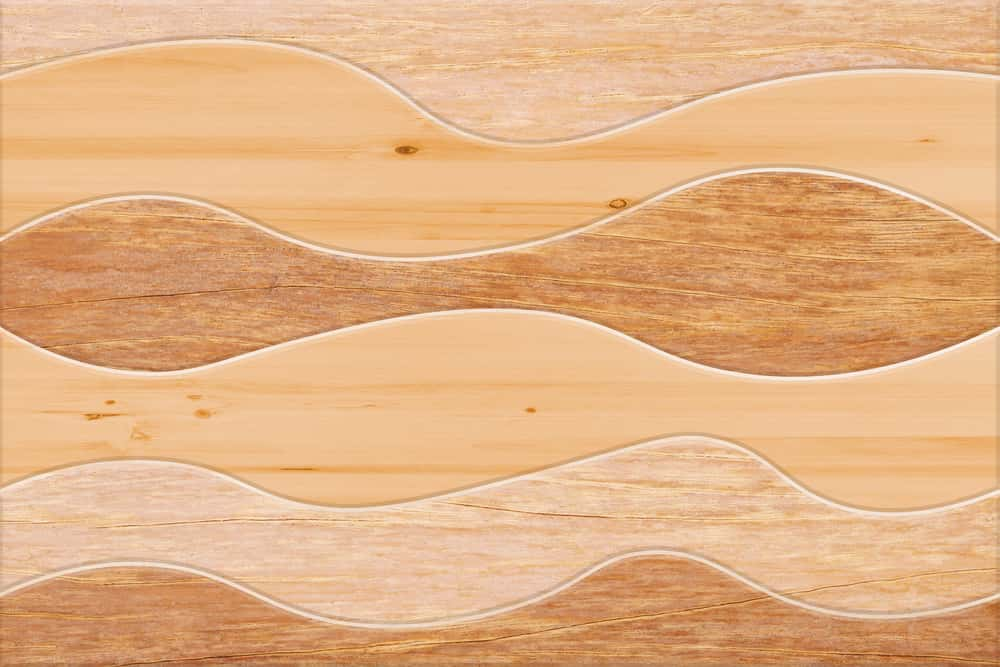
Conclusion
Selecting the perfect elevation material is an important task for every homeowner as elevation design not only helps form a good first impression of the owner’s lifestyle but also adds value to home maintenance. Choose between various designs for wooden elevation tiles to give your home the exact look you prefer. To learn more about how to uplift your home’s look, check out other helpful articles on the HomeLane blog.
Craving to make your home look like one of those expensive-looking houses you see in architectural magazines? Get in touch with our expert designers at homelane.com to get a hassle-free makeover of your home. Book your design session today and get to visualise the home of your dreams!
FAQs
1. What is a wooden elevation design?
A wooden elevation design is a contemporary elevation design that is inspired by nature and provides the look and feel of living in the woods. Wooden elevation tiles are available in a variety of finishes, from patterned natural wood tiles and high glossy tiles in a wooden look to matte-finish textured tiles, there is a variety of tiles available in the market. Selecting the perfect wooden elevation design is an important task for every homeowner as it not only helps form a good first impression of the owner’s lifestyle but also adds value to home maintenance.
2. What is elevation design?
The elevation design of a home is the visual picture of how the home looks from the front, back or either side. Elevation is an architectural term that is used to define the projection of a single view of an object; for example, a view of the front of your home will be called the front elevation. Walls, windows, doors, gates, structural columns and beams all combine to form a home’s elevation design. There are a variety of ways you can influence your home’s elevation design; one way is to use wooden elevation tiles to give your home an elegant, natural look.
3. Why is elevation design important?
They say a person’s attire tells a lot about their character. Similarly, the elevation design of a home is reflective of its owner’s personality and lifestyle. A home can feature four types of elevations, namely front, back right, and left. A home’s front elevation is the first thing a visitor would notice about your home. Hence, ensuring your home’s front elevation is designed the way you want people to see it will add to your home’s aesthetic and have people complimenting your architectural prowess.
If you’re looking to design the front elevation of your home, you should keep these points in mind: plan the design of open spaces, closed spaces, and the elevation design of each floor of your home. You should also keep in mind the ease of maintenance and the safety requirements of the home front elevation design you choose.

